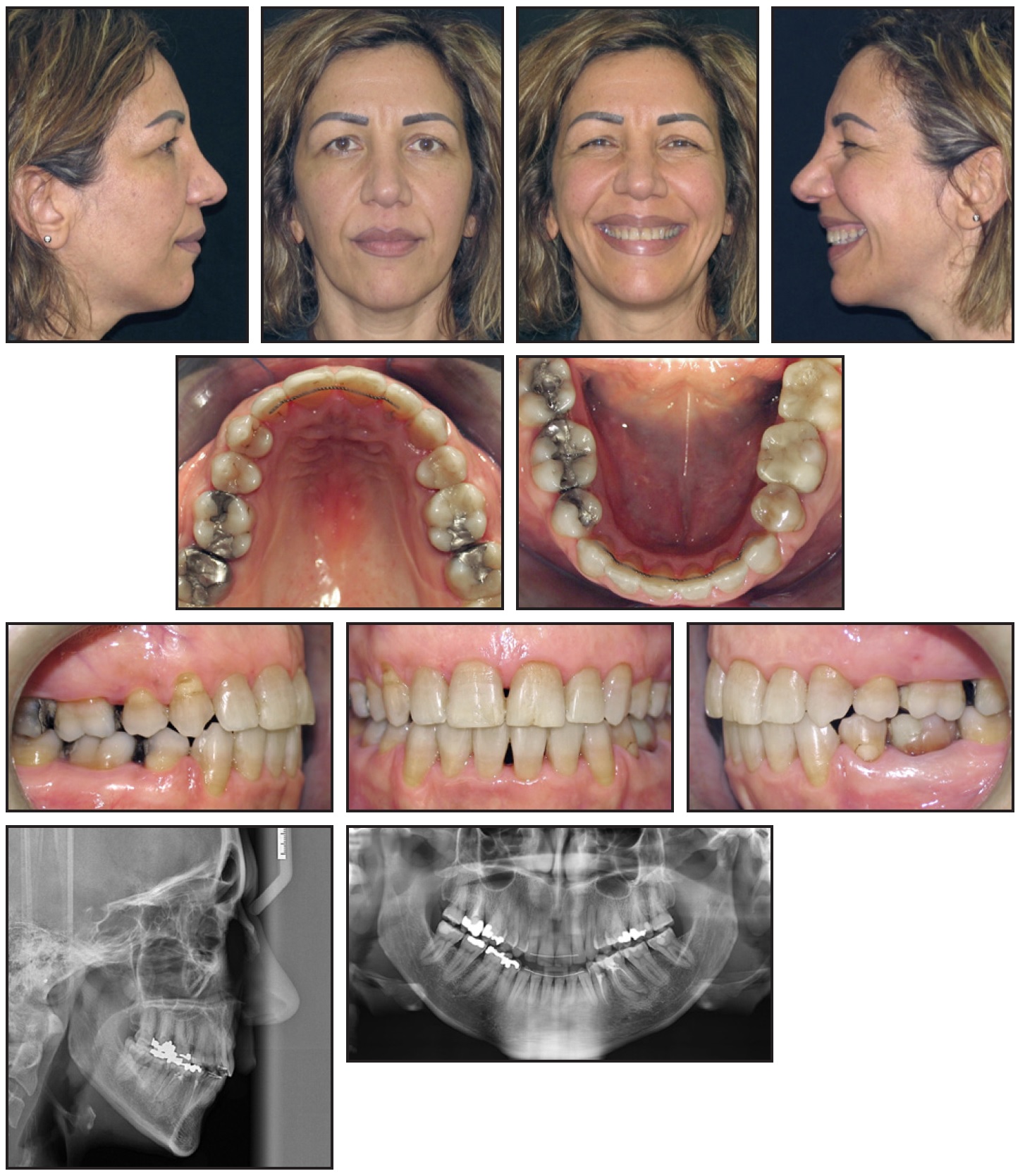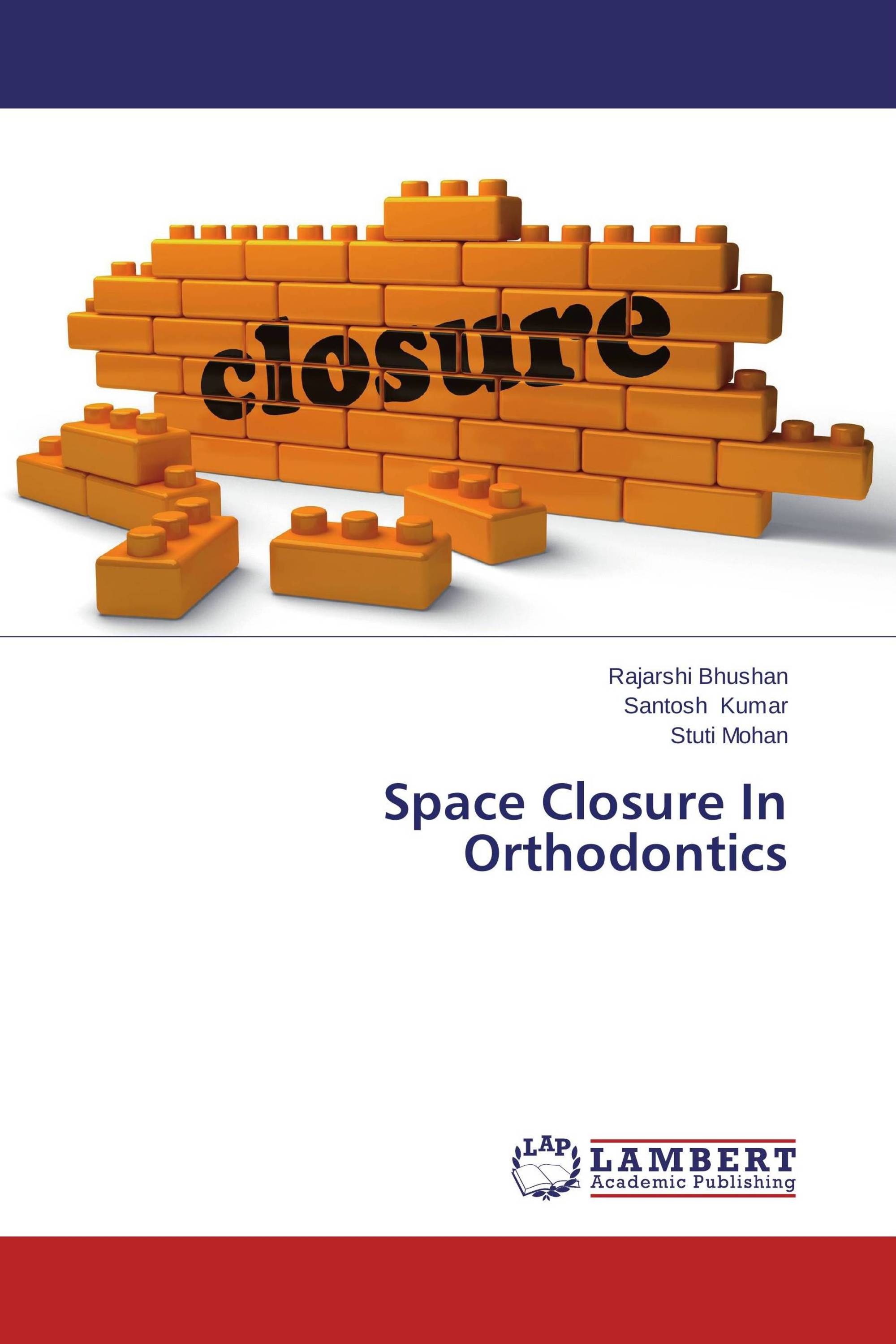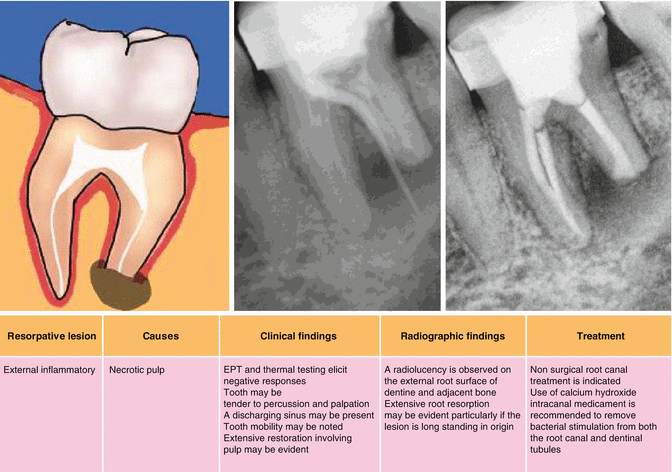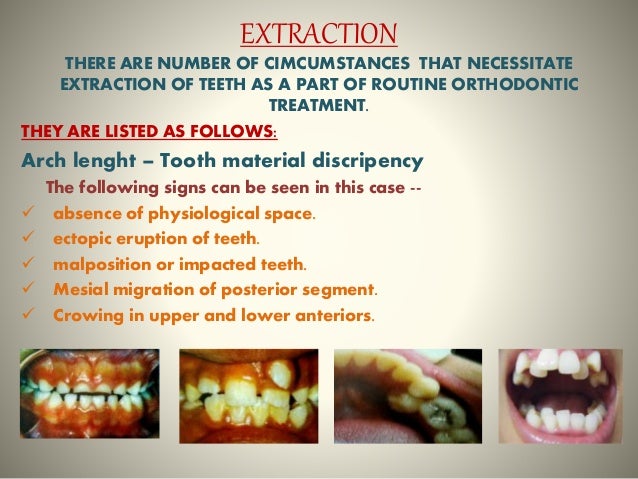Extraction In Orthodontics On Gaining Of Spaces Presentation
| Introduction to Extraction in Orthodontics on Gaining of Spaces | ||
|---|---|---|
| Extraction is a common orthodontic procedure used to create space in the dental arch. Gaining spaces through extractions can help align teeth properly and improve overall oral health. Extraction decisions are based on factors like dental crowding, facial esthetics, and the patient's skeletal pattern. | ||
| 1 | ||
| Indications for Extraction in Orthodontics | ||
|---|---|---|
| Severe dental crowding, where there is not enough space for all teeth to align properly. Protrusion of front teeth, which may require extraction of premolars to retract the incisors. Impacted or ectopic teeth, which can be extracted to create space for proper eruption. | ||
| 2 | ||
| Types of Extractions in Orthodontics | ||
|---|---|---|
| Premolar extractions: Most common type, typically done to gain space in the dental arch. Canine extractions: Can be performed in specific cases to address severe crowding or impactions. Third molar extractions: Sometimes recommended to prevent crowding or facilitate orthodontic treatment. | ||
| 3 | ||
| Steps Involved in Extraction for Gaining Spaces | ||
|---|---|---|
| Comprehensive orthodontic evaluation and treatment planning is crucial before extraction. Pre-extraction orthodontic preparation involves leveling and aligning the teeth. Extraction is performed by a trained dentist or oral surgeon under appropriate anesthesia. | ||
| 4 | ||
| Considerations for Extraction Site Closure | ||
|---|---|---|
| Closure options include space closure, tooth replacement, or maintaining the extraction space. Space closure involves moving adjacent teeth into the extracted space to maintain a full dental arch. Tooth replacement options may include dental implants, bridges, or partial dentures. | ||
| 5 | ||
| Potential Benefits of Extraction in Orthodontics | ||
|---|---|---|
| Improved facial esthetics and smile harmony. Enhanced dental arch alignment and overall oral function. Reduction in dental crowding, which can prevent future dental problems. | ||
| 6 | ||
| Potential Risks and Complications | ||
|---|---|---|
| Risk of root resorption: Extraction can increase the risk of root damage and subsequent resorption. Potential loss of bone support: Extraction may lead to bone loss in the extraction site. Temporary discomfort or pain after extraction, which can be managed with appropriate post-operative care. | ||
| 7 | ||
| Case Examples of Extraction in Orthodontics | ||
|---|---|---|
| Case 1: Severe crowding treated with premolar extractions, resulting in a well-aligned dental arch. Case 2: Protrusion of front teeth corrected by extracting premolars and retracting the incisors. Case 3: Impacted canine extracted to create space for proper eruption and alignment. | ||
| 8 | ||
| Conclusion | ||
|---|---|---|
| Extraction in orthodontics can be an effective method for gaining spaces and achieving proper dental alignment. Proper evaluation, treatment planning, and patient communication are essential for successful outcomes. Collaboration between orthodontists and oral surgeons/ dentists is crucial in achieving optimal results. | ||
| 9 | ||
| References (download PPTX file for details) | ||
|---|---|---|
| List of resources and references used for thi... Your second bullet... Your third bullet... |  | |
| 10 | ||








